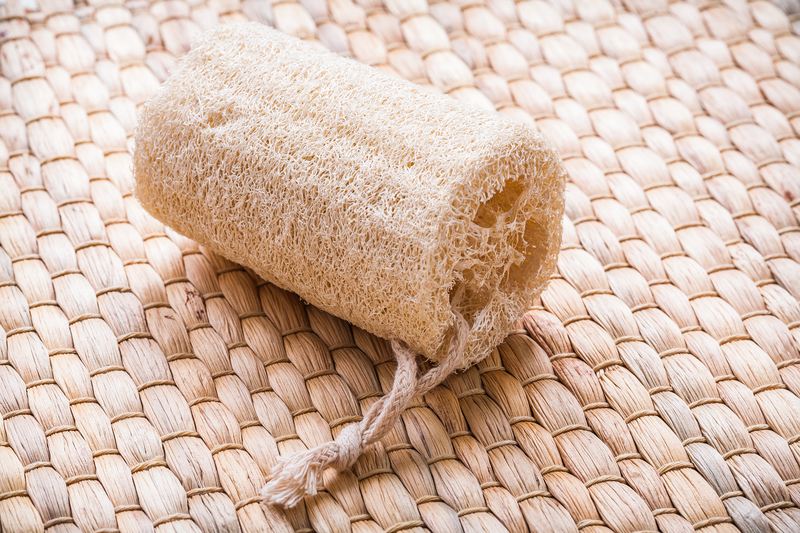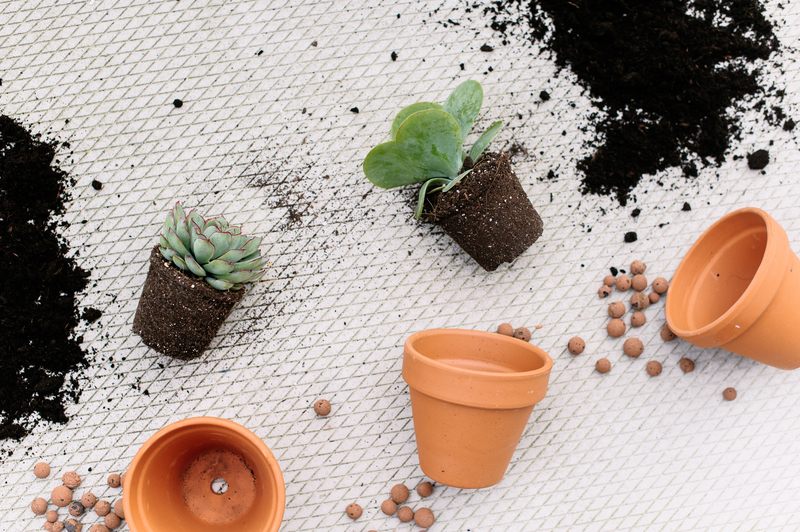Why Air Quality is Essential for Healthy Indoor Spaces
Indoor air quality is a critical factor in determining how healthy and comfortable your living or working environment is. With people spending more than 90% of their time indoors, the health implications of indoor air quality cannot be overstated. This comprehensive article explores the importance of indoor air quality, its impact on human health and productivity, the dangers of poor ventilation, and actionable steps you can take to ensure your indoor spaces remain safe and healthy.
Understanding Indoor Air Quality
<_b>Air quality refers to the condition of the air within and around buildings and structures, especially as it relates to the health and comfort of building occupants. Indoor air quality (often abbreviated as IAQ) represents a measurement of cleanliness, safety, humidity, temperature, and the presence of airborne contaminants within enclosed spaces.
Why is Indoor Air Quality Important?
- Health and Wellbeing: Good indoor air quality reduces exposure to airborne pollutants, allergens, and other irritants, supporting overall health and reducing the risk of chronic illnesses.
- Productivity and Comfort: High-quality air indoors supports focus, mental acuity, and physical comfort, especially in workplaces and schools.
- Longevity of Buildings: Maintaining healthy air quality prevents moisture accumulation, mold growth, and deterioration of building materials.

Common Indoor Air Contaminants
Many factors influence air quality within our homes, offices, schools, and public spaces. Understanding what comprises poor air quality in indoor spaces is the first step toward making improvements.
Typical Sources of Indoor Air Pollutants
- Volatile Organic Compounds (VOCs): Emitted from products like paints, cleaners, and new furniture.
- Biological Contaminants: Dust mites, pet dander, mold spores, and pollen.
- Tobacco Smoke: A well-known hazardous indoor pollutant.
- Particulate Matter: Fine particles from cooking, candles, firewood or outdoor pollution that enter indoors.
- Combustion Byproducts: Carbon monoxide and nitrogen dioxide from gas stoves, heaters, or fireplaces.
- Radon Gas: Naturally occurring gas that can seep into buildings from the ground.
- Asbestos and Lead: Older buildings may have these hazardous materials in their structure or paintwork.
Improved air quality in enclosed spaces means controlling or eliminating these pollutants to create a healthy environment.
Health Effects of Poor Indoor Air Quality
The quality of air in indoor spaces affects everyone, but children, the elderly, and people with respiratory illnesses or compromised immune systems are particularly vulnerable. Let's delve deeper into the health consequences of poor air within our homes and workplaces.
-
Short-Term Effects:
- Eye, nose, and throat irritation
- Headaches and dizziness
- Fatigue and difficulty concentrating
- Worsening of asthma or allergy symptoms
-
Long-Term Effects:
- Respiratory diseases, including asthma and chronic bronchitis
- Heart disease
- Certain cancers, notably lung cancer from radon or tobacco smoke
- Long-term cognitive impairment and developmental issues in children
It's clear that air quality in indoor environments is a cornerstone of health. Even seemingly minor symptoms like a cough or itchy eyes could signal ongoing exposure to dangerous pollutants.
Why Indoor Air Quality is Often Poorer Than Outdoor Air
Contrary to common belief, indoor air can be two to five times (and occasionally up to 100 times) more polluted than outdoor air, according to the Environmental Protection Agency (EPA). This is due to several factors:
- Enclosed Spaces: Buildings trap pollutants with limited airflow, leading to higher concentrations indoors.
- Poor Ventilation: Sealed windows and modern insulation improve energy efficiency but prevent pollutants from escaping.
- Increased Use of Synthetic Materials: Modern furniture, paints, and cleaners emit VOCs constantly.
*Ensuring healthy air quality for indoor spaces* means finding a balance between energy efficiency and proper ventilation.
Special Considerations for At-Risk Groups
- Children breathe more air relative to body weight and spend more time playing on the floor, where concentrations of pollutants such as dust and lead may be higher.
- Seniors and those with pre-existing respiratory conditions are also more susceptible to adverse outcomes from poor indoor air quality.
- Allergy and asthma sufferers may see symptoms worsen with elevated indoor air contaminants.
Benefits of Good Indoor Air Quality
1. Enhanced Health and Immune Function
Clean air indoors supports healthy respiratory and cardiovascular systems and reduces the risk of infections and allergic reactions. *Air quality solutions for homes and offices* can dramatically decrease sick days and overall health costs.
2. Better Cognitive Function and Productivity
Studies have shown that higher levels of indoor air quality are linked to improved concentration, faster decision-making, and higher productivity, particularly in educational and professional settings.
3. Improved Sleep Quality
High levels of indoor air pollutants like carbon dioxide and allergens can disrupt sleep cycles. Fresh, clean indoor air supports restful, restorative sleep by lowering irritants.
4. Protection for Vulnerable Occupants
Good air quality in indoor environments provides safeguarding for infants, the elderly, and those with chronic health conditions by minimizing their exposure to harmful particles and gas.
How to Improve Air Quality for Healthy Indoor Spaces
Fortunately, creating a healthy indoor atmosphere is achievable with a combination of practical habits, building improvements, and modern technology. Here are some proven strategies:
1. Increase Ventilation
- Open windows and doors when weather permits to allow fresh air to circulate.
- Install or upgrade to a mechanical ventilation system, such as whole-house fans or energy recovery ventilators (ERVs).
- Use exhaust fans in kitchens and bathrooms to remove humidity and airborne pollutants.
2. Reduce and Control Pollutant Sources
- Choose low-VOC or zero-VOC paints, sealants, and building materials for renovations.
- Limit the use of candles and incense; avoid smoking indoors entirely.
- Store chemicals, pesticides, and solvents in well-ventilated areas, preferably outside living spaces.
3. Maintain Proper Humidity Levels
- Keep indoor humidity between 30% and 50% to avoid mold growth and dust mite infestations.
- Use dehumidifiers or humidifiers as needed for climate control.
4. Filter and Clean the Air
- Install high-efficiency particulate air (HEPA) filters in heating and cooling systems to trap fine particles.
- Use portable air purifiers for bedrooms, living rooms, or offices.
- Change HVAC filters on schedule and keep air ducts clean.
5. Regular Cleaning Practices
- Vacuum carpets and upholstery regularly with a HEPA-filtered vacuum cleaner.
- Dust surfaces often and launder bedding and curtains to minimize allergen buildup.
- Control pet dander by grooming pets and keeping them out of bedrooms.
6. Monitor Air Quality
- Install carbon monoxide and radon detectors for safety.
- Consider indoor air quality monitors that track VOCs, particulates, humidity, and carbon dioxide levels in real-time.
Cutting-Edge Technology for Healthier Indoor Air
Today's technology offers innovative options for achieving optimal air quality in modern indoor spaces:
- Smart Thermostats and Sensors: These devices automatically adjust airflow and ventilation based on pollution and occupancy levels.
- Advanced HVAC Systems: Modern systems with integrated air purification and humidity control features.
- Ultraviolet Germicidal Irradiation (UVGI): UV light systems can neutralize biological contaminants in the HVAC system.
- Green Building Certifications: Certifications such as WELL or LEED emphasize air quality as a key factor for sustainable and health-focused buildings.
Frequently Asked Questions About Indoor Air Quality
How often should I check my indoor air quality?
It's wise to assess your indoor air quality at least annually, or whenever you notice symptoms like increased allergies, musty odors, or condensation. Use air quality monitors for continual monitoring where possible.
Are houseplants effective for improving indoor air?
While certain plants can temporarily absorb VOCs and produce oxygen, their impact on overall indoor air quality is typically modest. Use plants as part of a broader strategy including ventilation and air filtration.
Do air purifiers remove all pollutants?
HEPA filters capture many airborne particles, but not gases like carbon monoxide or VOCs. For comprehensive results, combine air purification with good ventilation and source control.

Conclusion: Prioritizing Air Quality for Healthy Indoor Spaces
The evidence is undeniable: Air quality is essential for healthy indoor spaces. Addressing air pollution inside homes, offices, and schools protects against a host of health problems while fostering greater comfort, productivity, and wellbeing. By understanding the sources of indoor pollution, staying proactive with maintenance, and embracing new technologies, you can ensure that the air you breathe inside is as clean and healthy as possible.
Remember, the benefits of maintaining excellent indoor air quality ripple through every aspect of life, from physical health to mental clarity. Whether as a parent, employer, or homeowner, investing in better air quality is an investment in your future.
Additional Resources
Prioritize the air you breathe - your health depends on it!


